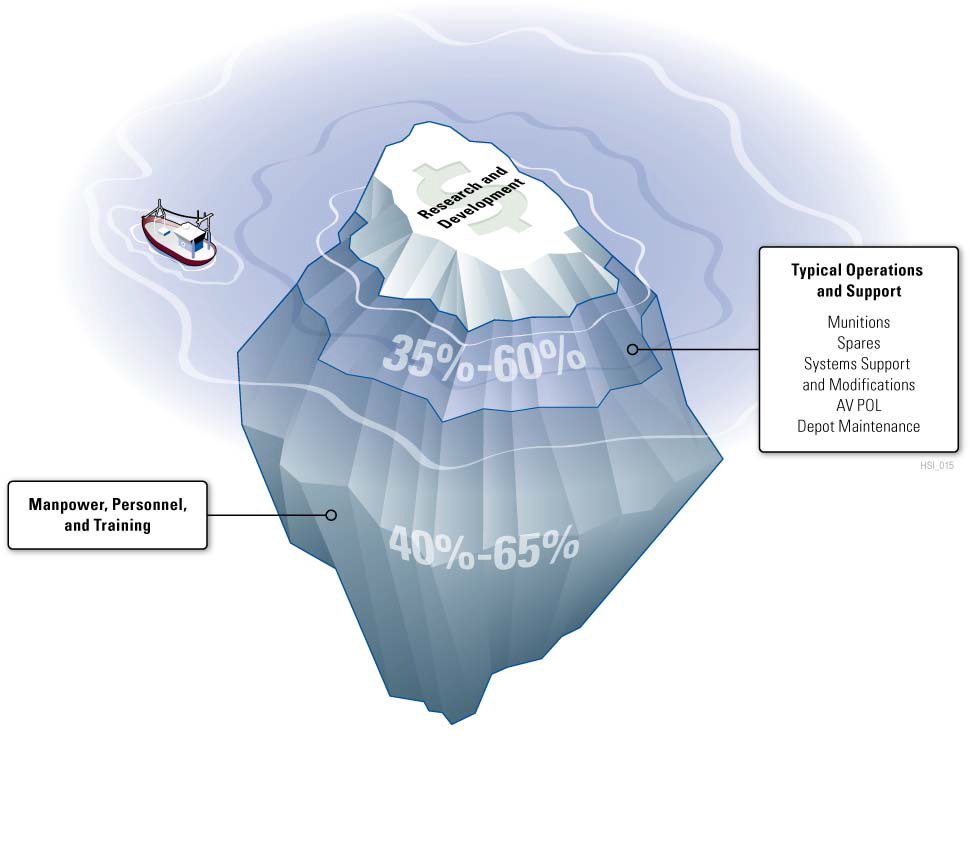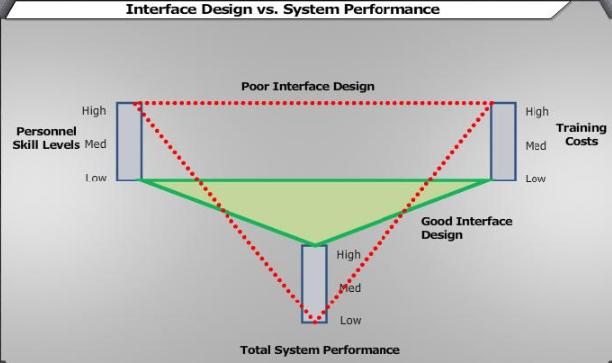Domains of HSI - Human Performance Support and Training
Put simply, training is the learning process by which people acquire or
enhance job-relevant  knowledge, skills, and abilities. Training is
accomplished through any activity that enables people (e.g. operators,
maintainers, supporters of USCG systems) to acquire or enhance their
individual knowledge, skills and abilities (KSAs). Effective training
solutions equip our workforce with the KSAs required for effective,
efficient, and safe operation of Coast Guard systems at fiscally sustainable
cost. The Coast Guard training system implements a broad range of concepts,
strategies, and tools such as computer based and interactive courseware,
simulators, and embedded training functions to accomplish this purpose.
knowledge, skills, and abilities. Training is
accomplished through any activity that enables people (e.g. operators,
maintainers, supporters of USCG systems) to acquire or enhance their
individual knowledge, skills and abilities (KSAs). Effective training
solutions equip our workforce with the KSAs required for effective,
efficient, and safe operation of Coast Guard systems at fiscally sustainable
cost. The Coast Guard training system implements a broad range of concepts,
strategies, and tools such as computer based and interactive courseware,
simulators, and embedded training functions to accomplish this purpose.
A complete system consists of the hardware, software, and liveware (humans)
employed to accomplish a system objective. When designing a complete system
(e.g. a helicopter, ship, or command center watch console), the training
required for its users becomes an attribute of the system with a
quantifiable lifecycle cost. This cost can be evaluated and traded with
other attributes/costs. For example, if a radar console is configured with
little regard for its ease of use and depends heavily on humans'
capabilities to integrate information and carry out complex system tasks,
there will almost certainly be a heavy training requirement. The costs
related to developing performance supports (job aids, resident training,
simulators) will almost certainly be high. Alternatively, the same system
might be configured to automate complex tasks, allocating them to technology
rather than humans to reduce demands on users. This requires additional
technology integration, software programming, and other up-front costs but
reduces training costs over the system lifecycle.

For
more information on the Training domain, refer to the
Defense Acquisitions Handbook, 6.3.3.